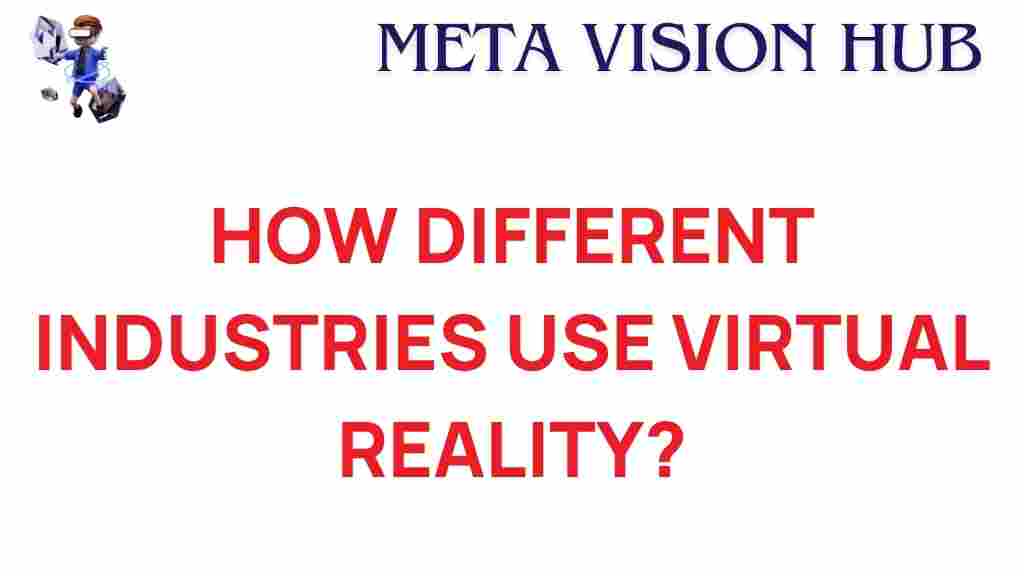Unveiling the Power of Virtual Reality Across Industries
Virtual Reality (VR) has evolved from a niche technology to a transformative force, reshaping industries and revolutionizing how we work, learn, and interact with the world around us. From immersive entertainment experiences to advanced training simulations, VR is driving innovation in diverse sectors. This article explores how virtual reality is making waves across various industries and its potential to reshape the future of work, education, healthcare, and more.
What is Virtual Reality?
Virtual Reality is a computer-generated simulation that immerses users into a completely different environment. Unlike traditional media that offer passive experiences, VR allows users to interact with a 3D environment in a way that feels realistic and dynamic. VR typically requires special equipment such as a headset, controllers, and sometimes sensors to track movement and ensure a fully immersive experience. VR can simulate anything from distant planets to detailed medical environments, making it a powerful tool across a wide range of applications.
Virtual Reality in Healthcare: A Revolution in Treatment and Training
The healthcare industry has seen one of the most significant transformations through the use of virtual reality. VR has not only opened new avenues for patient care but also plays a crucial role in medical training and therapy.
VR in Medical Training
One of the most significant benefits of virtual reality in healthcare is its ability to provide realistic, risk-free training environments. Medical students can practice surgeries and procedures in a virtual setting, gaining hands-on experience without the fear of making mistakes in real life. VR enables trainees to:
- Perform virtual surgeries to hone their skills.
- Explore 3D anatomy models for better understanding.
- Simulate emergency situations to improve decision-making under pressure.
By using VR, medical professionals can practice complex surgeries or procedures multiple times without the need for real patients, making training more effective and reducing the risk of errors during actual operations.
VR in Therapy and Pain Management
Virtual reality is also making strides in the field of therapy, particularly for pain management and psychological treatment. Patients dealing with chronic pain, anxiety, or PTSD (Post-Traumatic Stress Disorder) can benefit from VR-based therapies. Immersive VR experiences have been shown to:
- Distract patients from pain by placing them in relaxing, calming virtual environments.
- Help individuals with PTSD confront traumatic memories in a controlled and safe manner.
- Provide physical rehabilitation exercises in a virtual space to increase patient engagement and motivation.
As VR technology continues to advance, its potential to improve the effectiveness of healthcare treatments grows exponentially.
Virtual Reality in Education: Transforming Learning Experiences
Education is another sector that is being profoundly impacted by virtual reality. VR makes learning more interactive, engaging, and accessible, allowing students to experience topics in ways that were once unimaginable.
Immersive Learning
Gone are the days of passive learning through textbooks and lectures. VR takes students to the heart of the subject, whether it’s walking through the streets of ancient Rome or observing chemical reactions up close. Some benefits of VR in education include:
- Enhancing engagement through experiential learning.
- Allowing students to interact with concepts and learn by doing.
- Providing accessibility to students with disabilities by offering virtual field trips and simulations.
Through VR, students are no longer limited by geographical or financial constraints. They can travel the world or explore the cosmos, all from the comfort of their classrooms
This article is in the category ImmersiveTech and created by MetaVisionHub Team
